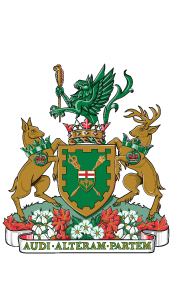Transcript TBD* Standing Committee on Procedure and House Affairs
Transcript TBD* Standing Committee on Government Agencies
6:30 p.m.
Committee Room 1
Proceeding - Clause-by-Clause Consideration
CANCELLED*
2:45 p.m.
Committee Room 151
Proceeding - Consideration of the Auditor General’s Report
1:30 p.m.
Committee Room 151
Proceeding - Consideration of the Auditor General’s Report
CLOSED SESSION
1:00 p.m.
Committee Room 1
Proceeding - Clause-by-Clause Consideration
Transcript TBD* Standing Committee on Public Accounts
Transcript TBD* Standing Committee on Heritage, Infrastructure and Cultural Policy
Transcript TBD* Standing Committee on Finance and Economic Affairs
Transcript TBD* Standing Committee on Finance and Economic Affairs

